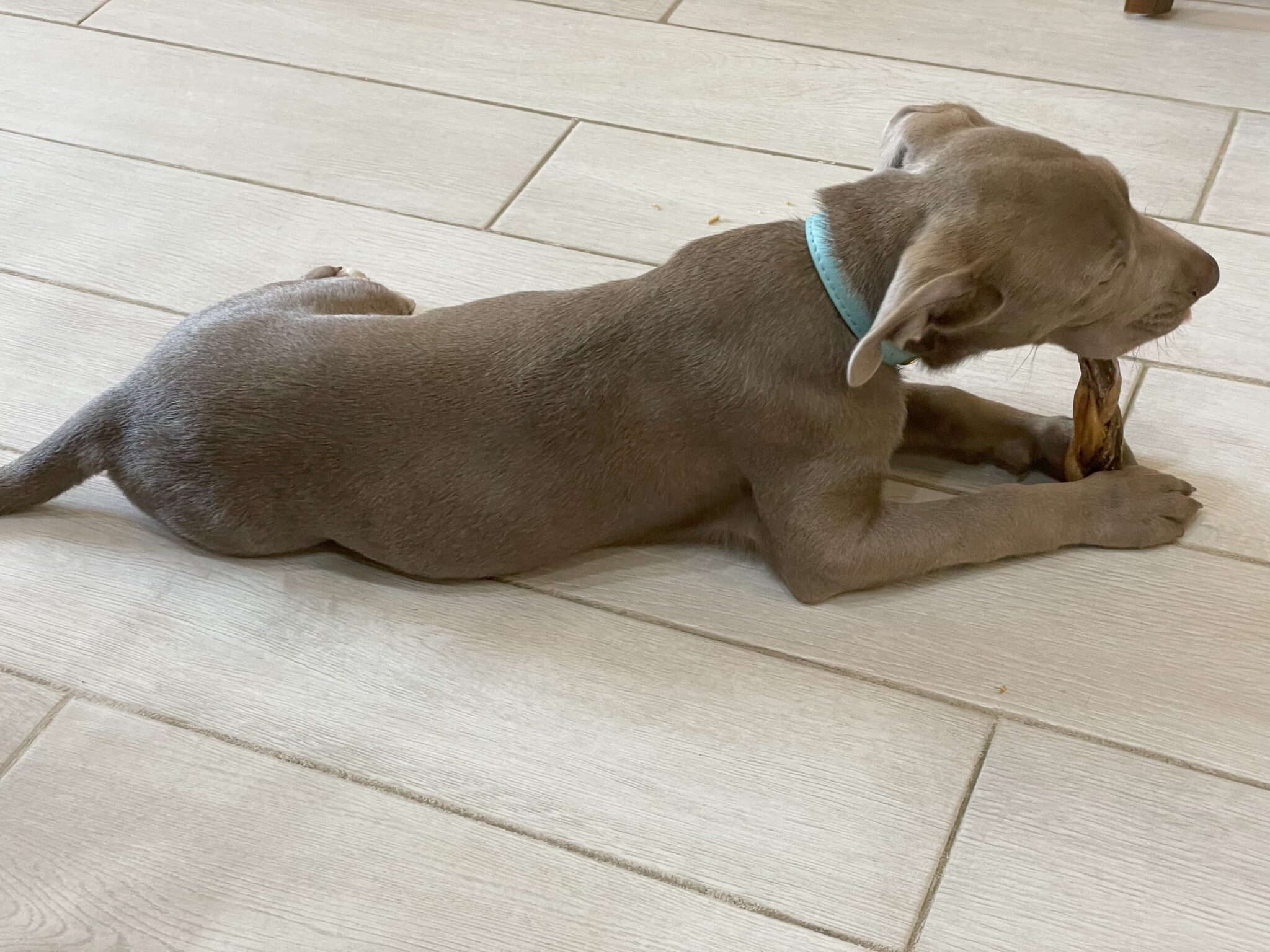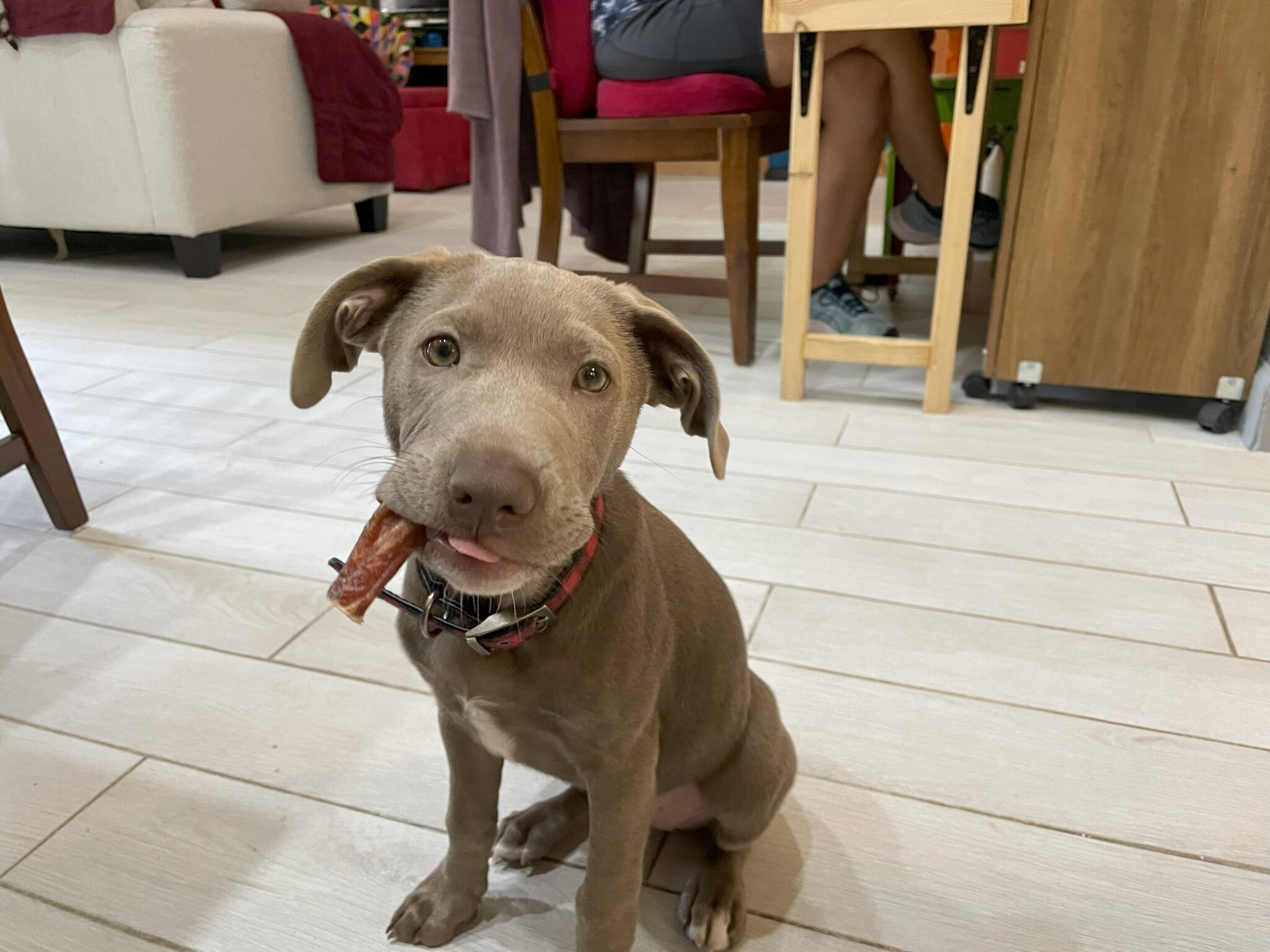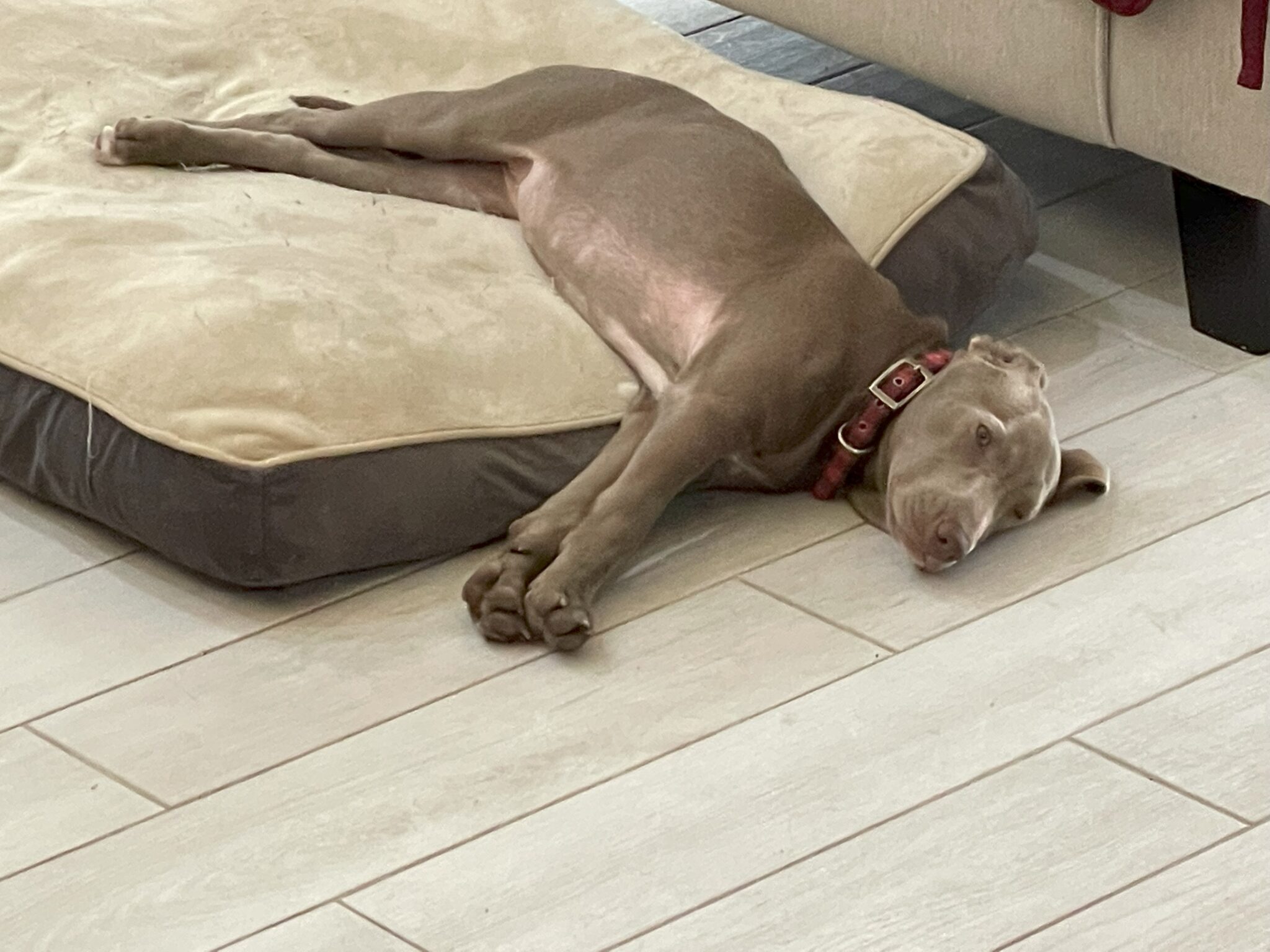Introduction to being a pet doggy paw-rent
Being a pet doggy paw-rent is an exciting and rewarding experience. From the moment you bring your furry friend home, you become responsible for their well-being and happiness. Taking care of a pet doggy requires love, patience, and knowledge. In this article, we will explore the essential dog care tips that every paw-rent should know to provide the best possible life for their canine companion.
The importance of proper dog care
Proper dog care is crucial for the overall health and happiness of your pet. Just like humans, dogs need a balanced diet, regular exercise, grooming, and socialization to thrive. Neglecting these aspects can lead to various health issues and behavioral problems. By understanding and implementing the right care techniques, you can ensure that your pet doggy lives a long and fulfilling life.
Doggy essentials: What you need for your furry friend
Before bringing your pet doggy home, it’s important to have the necessary essentials to cater to their needs. Here’s a checklist of items you’ll need:
- Food and Water Bowls: Provide sturdy bowls that are easy to clean and won’t tip over.
- High-Quality Dog Food: Choose a well-balanced, age-appropriate dog food that meets their nutritional needs.
- Collar, Leash, and ID Tags: These are essential for walks and identification purposes.
- Comfortable Bed: Give your dog a cozy bed where they can rest and sleep comfortably.
- Toys: Toys not only provide entertainment but also help with your dog’s mental stimulation.
- Grooming Supplies: These include a brush, shampoo, nail clippers, and toothbrush for regular grooming sessions.
- Dog Crate or Bed: A crate or bed serves as a safe space for your dog to retreat to when they need some alone time.
- Training Treats: Use tasty treats to reward and motivate your dog during training sessions.
- Poop Bags: Always clean up after your dog to maintain cleanliness in your neighborhood.
- Doggy First Aid Kit: Be prepared for any minor injuries or health concerns with a well-stocked first aid kit.
Having these essentials will ensure that you are fully equipped to take care of your furry friend.

Feeding and nutrition: Providing a balanced diet for your dog
Proper nutrition is the foundation of a healthy doggy. Providing a balanced diet is essential for their growth and well-being. Here are some tips to ensure your pet doggy gets the right nutrition:
- Choose High-Quality Dog Food: Look for dog food that contains real meat as the first ingredient and is free from artificial additives.
- Follow Feeding Guidelines: Feed your dog according to their age, size, and activity level. Avoid overfeeding, as obesity can lead to health issues.
- Establish a Feeding Schedule: Dogs thrive on routine. Set a consistent feeding schedule to help them develop good eating habits.
- Avoid Table Scraps: While it’s tempting to share leftovers, many human foods can be toxic to dogs. Stick to dog-friendly treats and food.
- Monitor Weight: Regularly check your dog’s weight and adjust their food intake accordingly. Consult your vet if you notice any significant changes.
Remember to provide fresh water at all times and consult your veterinarian for specific dietary recommendations based on your dog’s needs.
|
|
|||
| “As an Amazon Associate I earn from qualifying purchases.” | |||
Exercise and play: Keeping your dog active and healthy
Regular exercise and playtime are vital for your pet doggy’s physical and mental well-being. Here’s how you can keep them active and healthy:
- Daily Walks: Take your dog for daily walks to provide them with mental stimulation and an opportunity to explore their surroundings.
- Play Fetch: Engage in games of fetch to keep your dog physically active and to strengthen the bond between you.
- Interactive Toys: Invest in interactive toys that require mental effort, such as puzzle toys or treat-dispensing toys.
- Training Sessions: Training not only teaches your dog good behavior but also provides mental stimulation. Incorporate training into your daily routine.
- Doggy Playdates: Socialize your dog with other friendly dogs to help them develop proper social skills and prevent behavioral issues.
Remember to tailor the exercise routine to your dog’s breed, age, and overall health. Regular exercise will keep your doggy happy and prevent boredom.
|
|
|||
| “As an Amazon Associate I earn from qualifying purchases.” | |||
Grooming and hygiene: Maintaining your dog’s cleanliness
Proper grooming and hygiene practices are essential to keep your pet doggy looking and feeling their best. Here are some grooming tips to follow:
- Regular Brushing: Brush your dog’s coat regularly to prevent matting and remove loose hair. The frequency may vary depending on their coat type.
- Bathing: Bathe your dog when necessary using a dog-friendly shampoo. Avoid over-bathing, as it can strip their coat of natural oils.
- Nail Trimming: Keep your dog’s nails trimmed to a safe length. Be cautious not to cut too close to the quick, which can cause bleeding.
- Ear Cleaning: Check your dog’s ears regularly for signs of infection and clean them as needed with a veterinarian-approved ear cleaner.
- Teeth Brushing: Brush your dog’s teeth regularly to prevent dental issues. Use a dog-specific toothbrush and toothpaste.
Proper grooming not only keeps your dog looking clean but also helps detect any health issues early on.

Training and socialization: Teaching your dog good behavior
Training and socialization are crucial for your pet doggy’s well-being and the harmony of your household. Here’s how you can teach your dog good behavior:
- Start Early: Begin training and socialization as soon as you bring your dog home. Puppies are more receptive to learning during their early months.
- Positive Reinforcement: Use positive reinforcement techniques, such as treats and praise, to reward desired behaviors.
- Consistency: Be consistent with your commands and expectations. Dogs thrive on routine and clear boundaries.
- Socialize: Introduce your dog to different people, animals, and environments to help them become well-adjusted and confident.
- Seek Professional Help: If you’re struggling with training or behavioral issues, consider hiring a professional dog trainer for guidance and support.
Training and socialization create a strong bond between you and your doggy and make them a well-mannered member of your family.
Health care for your pet doggy: Veterinary visits and preventive care
Regular veterinary care is essential for your pet doggy’s health and well-being. Here are some key aspects of health care to keep in mind:
- Vaccinations: Keep your dog’s vaccinations up to date to protect them from common diseases. Follow your vet’s recommended vaccination schedule.
- Parasite Prevention: Regularly administer flea, tick, and heartworm prevention treatments as recommended by your veterinarian.
- Routine Check-ups: Schedule regular wellness check-ups with your vet to monitor your dog’s overall health and catch any potential issues early.
- Spaying or Neutering: Consider spaying or neutering your dog to prevent certain health problems and unwanted behaviors.
- Dental Care: Regularly check your dog’s teeth and gums for signs of dental issues. Brush their teeth regularly and schedule professional cleanings when necessary.
By prioritizing preventive care and regular veterinary visits, you can ensure your pet doggy stays healthy and happy throughout their life.
Common doggy behaviors and how to address them
Understanding common dog behaviors will help you address them effectively and maintain a harmonious household. Here are some behaviors and their solutions:
- Barking: Identify the cause of excessive barking and address it accordingly. Provide distractions, training, or seek professional help if needed.
- Chewing: Offer appropriate chew toys and redirect your dog’s chewing behavior away from destructive items.
- Separation Anxiety: Gradually acclimate your dog to being alone and provide them with toys or treats that keep them occupied in your absence.
- Jumping: Teach your dog alternative greetings, such as sitting, and reward them for good behavior.
- Aggression: Consult a professional dog trainer for guidance if your dog displays aggressive behavior towards people or other animals.
Remember, patience, consistency, and positive reinforcement play a crucial role in addressing behavioral issues.

Creating a safe and loving environment for your pet doggy
Creating a safe and loving environment is essential for your pet doggy’s overall well-being. Here are some tips to consider:
- Provide a Comfortable Space: Designate a cozy area where your dog can rest and feel secure.
- Eliminate Hazards: Remove any potential dangers or toxic substances that your dog may come into contact with.
- Supervise Interactions: Always supervise your dog’s interactions with children and other pets to ensure everyone’s safety.
- Set Boundaries: Establish clear rules and boundaries to create a structured and consistent environment for your dog.
- Show Love and Affection: Shower your dog with love, praise, and physical affection to strengthen your bond.
By creating a safe and loving environment, you are setting the stage for a happy and contented pet doggy.
Conclusion: Enjoying the journey of being an ultimate paw-rent
Being an ultimate paw-rent is a lifelong commitment filled with love, joy, and responsibility. By following these essential dog care tips, you’ll be well-equipped to provide the best care for your pet doggy. Remember to always prioritize their health, happiness, and overall well-being. Enjoy the journey of being a loving and responsible paw-rent, and cherish the special moments with your furry friend.
Are you ready to become the ultimate paw-rent? Share your favorite dog care tips in the comments below and let’s celebrate the joys of being a pet doggy paw-rent together!

